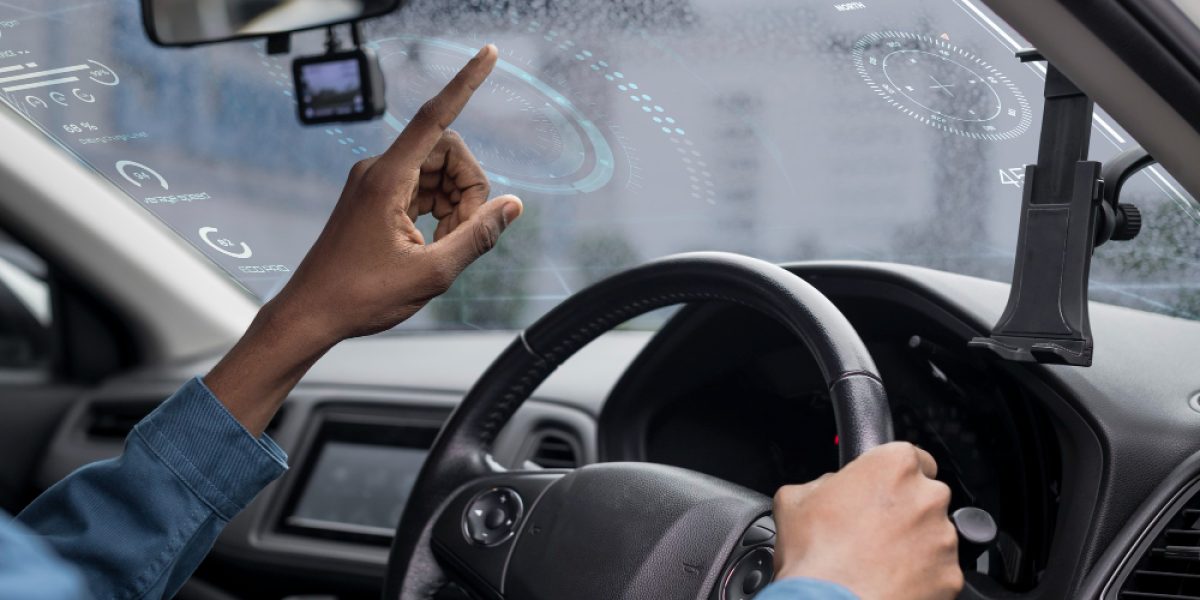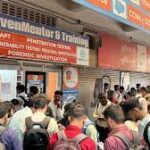In the modern world, traffic management and security have become increasingly important, especially in urban areas where congestion, crime, and the need for efficient transportation systems are at their peak. One technology that has revolutionized these fields is Automatic Number Plate Recognition (ANPR). This powerful system uses optical character recognition to automatically read and interpret vehicle license plates, and it has had a significant impact on improving both traffic management and security in cities worldwide.
ANPR systems are used by law enforcement agencies, municipalities, parking authorities, and private organizations to monitor and regulate vehicle movements. These systems provide real-time data that can be analyzed to ensure smoother traffic flow, better enforcement of traffic laws, and enhanced security measures. In this blog, we will explore how ANPR technology enhances traffic management and security, and the benefits it brings to both urban planning and public safety.
What is ANPR?
Automatic Number Plate Recognition (ANPR) technology uses high-resolution cameras combined with sophisticated software to capture and read the license plates of vehicles. ANPR systems are capable of recording the alphanumeric characters on a license plate, comparing them against a database, and processing the data for further action, such as issuing tickets or identifying stolen vehicles.
There are two main types of ANPR systems: fixed and mobile. Fixed systems are usually installed at key locations such as toll booths, traffic lights, or parking lots, while mobile systems are mounted on police vehicles or other law enforcement vehicles to capture license plates while on the move.
The use of ANPR technology has grown exponentially in recent years, with cities around the world adopting it as a key component of their traffic and security infrastructure.
Enhancing Traffic Management with ANPR
Efficient traffic management is one of the most pressing challenges for urban planners and municipal authorities. As cities become more populated, traffic congestion becomes a daily issue that affects everything from public transport efficiency to air quality. ANPR technology has proven to be a game-changer in this field, providing real-time data that helps control and optimize traffic flow.
1. Real-Time Monitoring and Data Collection
ANPR systems continuously collect real-time data on the movement of vehicles. This data includes information about vehicle types, license plate numbers, entry and exit times, and traffic patterns. Such data allows traffic authorities to monitor traffic flow more effectively and identify problem areas in real time.
For instance, if a particular intersection is experiencing heavy congestion, ANPR data can pinpoint the exact times and patterns of vehicle movement, providing insights into the root cause of the delay. Traffic lights and signals can be adjusted in real-time based on this data, which can help reduce congestion and improve overall traffic flow.
2. Congestion and Toll Management
ANPR systems are often integrated into tolling systems, where they can automate the payment process for vehicles passing through toll booths. By reading the license plates of passing vehicles, ANPR technology automatically charges the appropriate toll fee, eliminating the need for manual toll collection and speeding up the flow of traffic.
This integration is particularly useful in managing traffic at high-volume toll points or in congested urban areas, where traditional toll booths might slow down traffic and cause delays. By using ANPR for toll collection, cities can ensure smoother, faster, and more efficient traffic management while reducing the likelihood of traffic jams at toll stations.
ANPR is also employed in congestion charging schemes. In cities where congestion charging is implemented, ANPR systems track the movement of vehicles into restricted zones and automatically charge fees based on the vehicle’s entry time. This discourages unnecessary vehicle trips into congested areas and helps to reduce overall traffic volume.
3. Vehicle Tracking for Efficient Planning
ANPR systems provide valuable insights into the types of vehicles on the road, their routes, and their travel times. This data can be used to identify the most frequently used routes and peak traffic hours, enabling traffic authorities to optimize traffic light timings, road maintenance schedules, and the design of future transportation infrastructure.
By analyzing ANPR data, cities can adjust public transportation schedules, introduce new lanes or bypass routes, and make informed decisions about urban development. Understanding traffic patterns helps to make transportation systems more efficient and better equipped to handle the growing demands of urban populations.
Conclusion
ANPR technology has transformed the way cities approach traffic management and security. By providing real-time data on vehicle movement, detecting traffic violations, and enhancing law enforcement’s ability to prevent and investigate crime, ANPR systems are proving to be invaluable tools for both traffic authorities and security agencies.
As cities continue to grow and evolve, ANPR will play an increasingly central role in making transportation systems more efficient, secure, and responsive to the needs of residents. Whether it’s improving traffic flow, preventing crime, or ensuring secure access to restricted areas, the impact of ANPR technology is undeniable and will only continue to expand in the coming years.












